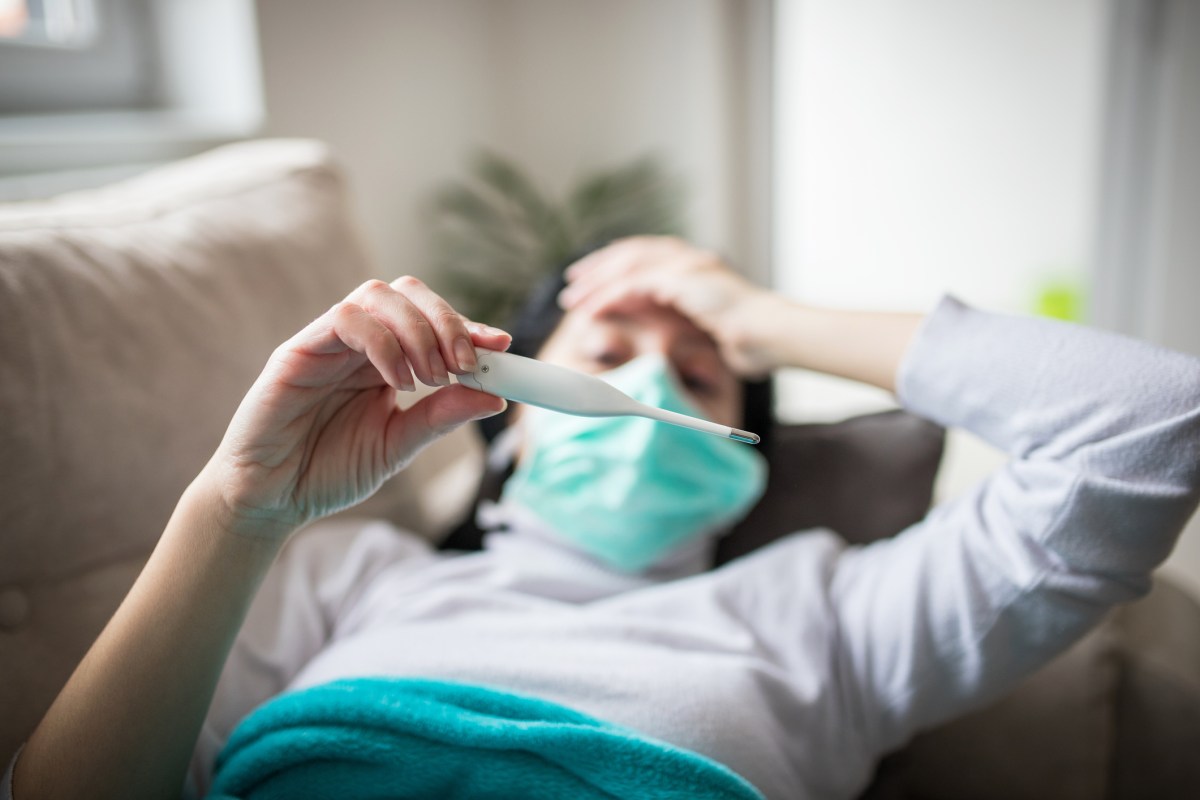Avian influenza, also known as bird flu, is a viral infection that primarily affects birds but can occasionally infect humans. In recent years, the threat of avian influenza has garnered attention due to its potential for widespread transmission, especially if it mutates into a form that can easily spread among humans. While there have been reports of avian influenza affecting people, especially those in close contact with infected birds, the overall risk remains relatively low in the United States.

According to Dr. David Hirschwerk, medical director at Northwell’s North Shore University Hospital and an attending physician for infectious diseases in Manhasset, the risk of person-to-person transmission of avian influenza remains minimal.
“At this point, person-to-person transmission of Avian Influenza has not been noted in the U.S. and the public health risk remains low. However, it continues to be on our radar,” he noted. This highlights the importance of monitoring the virus and staying informed, especially for individuals more exposed to infected birds, such as poultry workers or those living in regions with outbreaks.
Symptoms of Avian Influenza in humans
Infection with avian influenza in humans can range from mild to severe, depending on the strain of the virus. When it does occur, the symptoms are similar to those of seasonal influenza (flu) but can sometimes be more severe. Common symptoms include:
- Fever
- Cough
- Sore throat
- Body aches
- Fatigue
- Respiratory distress
In severe cases, avian influenza can lead to pneumonia, organ failure and even death.

“Human infection can occur through direct contact with infected birds or mammals or consumption of raw milk or raw egg products,” Hirschwerk explained. This underlines the importance of practicing caution when handling poultry or other animals that could carry the virus. While most cases of avian influenza are linked to exposure to infected birds, there have been occasional reports of transmission through the consumption of undercooked or contaminated food products.
It’s also important to note that the symptoms of avian influenza can overlap with those of the seasonal flu or other respiratory infections, making it difficult to differentiate without medical testing. If you suspect you have been exposed to avian influenza, seeking medical attention is crucial for an accurate diagnosis and appropriate treatment.
Preventing Avian Influenza
Prevention of avian influenza largely involves minimizing exposure to infected birds and animals. If you are handling live poultry, whether for work or recreation, it’s essential to follow strict hygiene practices, including washing hands thoroughly with soap and water, wearing protective equipment like gloves and avoiding direct contact with bird feces or fluids. People who live in regions with ongoing outbreaks of avian influenza should be particularly cautious.
Hirschwerk emphasizes that the flu vaccine is a key preventive measure.
“It remains the recommendation to receive the influenza vaccine this season, especially among those who are most vulnerable,” he said. “We currently are at a relatively high point of seasonal flu activity and the vaccine is safe and effective.”
The seasonal flu vaccine does not protect against avian influenza, but it helps reduce the risk of contracting the seasonal flu, which can help differentiate flu cases from avian influenza and potentially reduce the severity of illness.
In addition to vaccination, other general flu prevention tips are essential in limiting the spread of both seasonal flu and avian influenza:
- Avoid close contact with sick individuals: If someone is showing flu-like symptoms, stay away from them to reduce your risk of exposure.
- Practice good hand hygiene: Wash hands frequently with soap and water, especially after touching animals, surfaces in public places, or after coughing or sneezing.
- Cook poultry thoroughly: To minimize the risk of exposure through food, always ensure poultry is cooked to the recommended temperature, and avoid eating raw eggs or undercooked poultry.
- Wear protective gear: For those working with poultry or in environments where avian influenza may be present, wearing masks and gloves is crucial for reducing risk.
- Stay home when sick: If you develop flu-like symptoms, stay home to avoid spreading illness to others, and consult a healthcare provider if you have concerns about avian influenza exposure.
Current outlook and monitoring
Public health authorities continue to monitor avian influenza cases closely to assess any potential shifts in the virus that could make it more transmissible between humans. As Hirschwerk pointed out, the virus is still being studied to confirm the presence of avian strains.
“In alignment with public health recommendations, we are submitting all positive influenza specimens for further testing to confirm that it is not an Avian Influenza strain,” he said. “So far, no sample we have submitted this flu season has been positive for Avian Flu.”
This ongoing vigilance is critical to ensuring that the public remains informed and protected. While the immediate risk of avian influenza spreading widely among humans is low, continued monitoring and prevention remain essential.
Avian influenza is a viral infection that primarily affects birds, but human infections can occur, particularly in individuals who have close contact with infected animals or contaminated food products. Though person-to-person transmission remains unlikely in the U.S., public health experts, like Hirschwerk, continue to closely monitor the situation. By following preventive measures like receiving the flu vaccine, practicing good hygiene and avoiding exposure to infected animals, individuals can reduce their risk of contracting avian influenza or other flu-related illnesses.

































